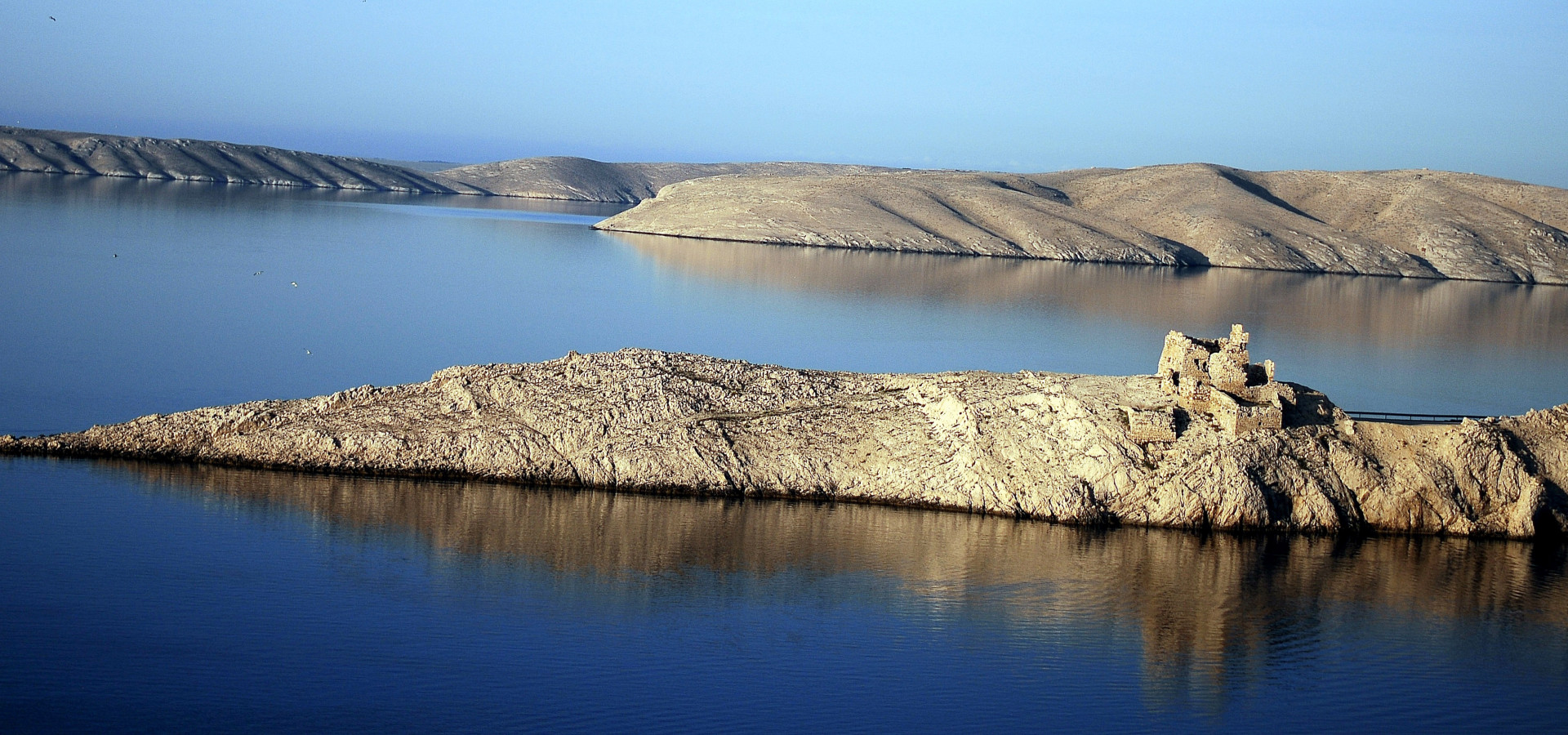Be the live witnesses of the past times!
The most western building of the Ottoman Empire that has been transformed into a boutique hotel!
Jusuf Mašković, originally from Vrana, a high dignitary on the Sultan's court and a supreme admiral of the Turkish fleet, wanted to build his luxurious and modern summer house Han in eastern style for his return from Constantinople to his homeland. It started in 1644 and over 500 workers worked on it every day. But Mašković never got to see it. A year later, along with 60,000 soldiers, he conquered Crete. The nobility he showed to the Venetian soldiers provoked the sultan who summoned him to the court where Mašković was executed. His death changed everything, even the Han, which was built more modestly. Today you can admire it in its full richness since it has been turned into a boutique hotel.
Find out why the Novigrad Fortress is legendary! Get to know the fascinating tales from the medieval City of Novigrad.
Novigrad is known for its medieval architecture and its crystal-clear sea which used to be a source of pearls. Today, it is known for its abundance of fish and clams. It is also known for centuries of turbulent history. The most famous story is the one of Queen Elizabeth of Bosnia. She was imprisoned in the Novigrad Fortress that is the most prominent structure in the town. According to the legend, during her imprisonment she embroidered a royal cloak – Misnica, using velvet and gold threads. It has been preserved at the Parish of the Assumption of the Blessed Virgin Mary in Novigrad. Sturdy walls will tell you many more extraordinary tales from this town's uniquely rich history.
The St. Michael fortress
The St. Michael fortress on Ugljan island, built in the 12th century by the Venetians, measures 265 metres in height and makes an ideal walking tour. Along the walk, enjoy superb views across the rest of the island, the Zadar archipelago, the mainland and Dugi otok.
Ćokovac monastery
The last Benedictine monastery inspires the visitors with its history dating back to the 14th century. In addition to the interesting history, the visitors of Pašman island are also delighted by the nature and the vistas extending from it.
Roman City of Asseria
Witness some eras gone by in the former Roman City of Asseria. Nestled between the present day Bukovica and Ravni Kotari it is one of the most important Liburnian and then Roman settlements in the area of northern Dalmatia, located in the area of the present-day village of Podgrađe close to Benkovac. The city was known for its triumphal arch, forum, aqueduct and cippus, a type of a Liburnian gravestone. They were discovered in the greatest numbers in this area. In addition to cippus, numerous other stone monuments were found here: portrait steles, decorations on public structures, altars and many others. All this is proof of a very developed stonemason economy that exists even today.
Kaštel Benković
The most noticeable cultural-historical monument in Benkovac is Kaštel Benković, a fort named after the great Croatian Benković family who built it in the second half of the 15th century. However, there are also some other theories about its origin. Some say that it was built by Croatian lords in the Middle Ages. In the beginning, this mysterious castle played a defensive role. However, the Turks conquered it in 1527. The proof of the importance of this structure for this area is the fact that is marks the beginning of history of the City of Benkovac. The castle is just as important today even though it has a different function – it serves as the ideal stage for various manifestations and represents the centre of cultural life.
Explore more




